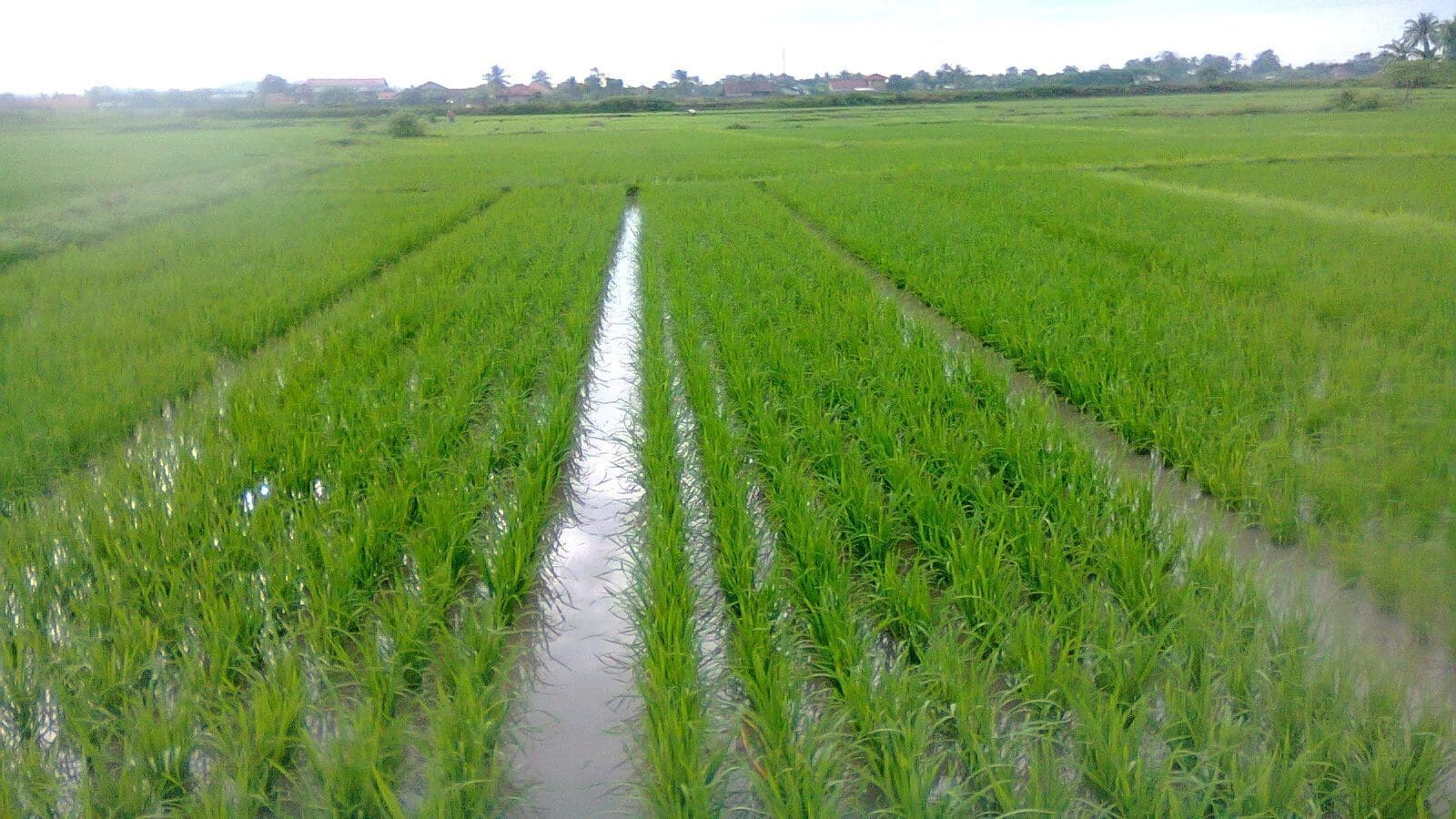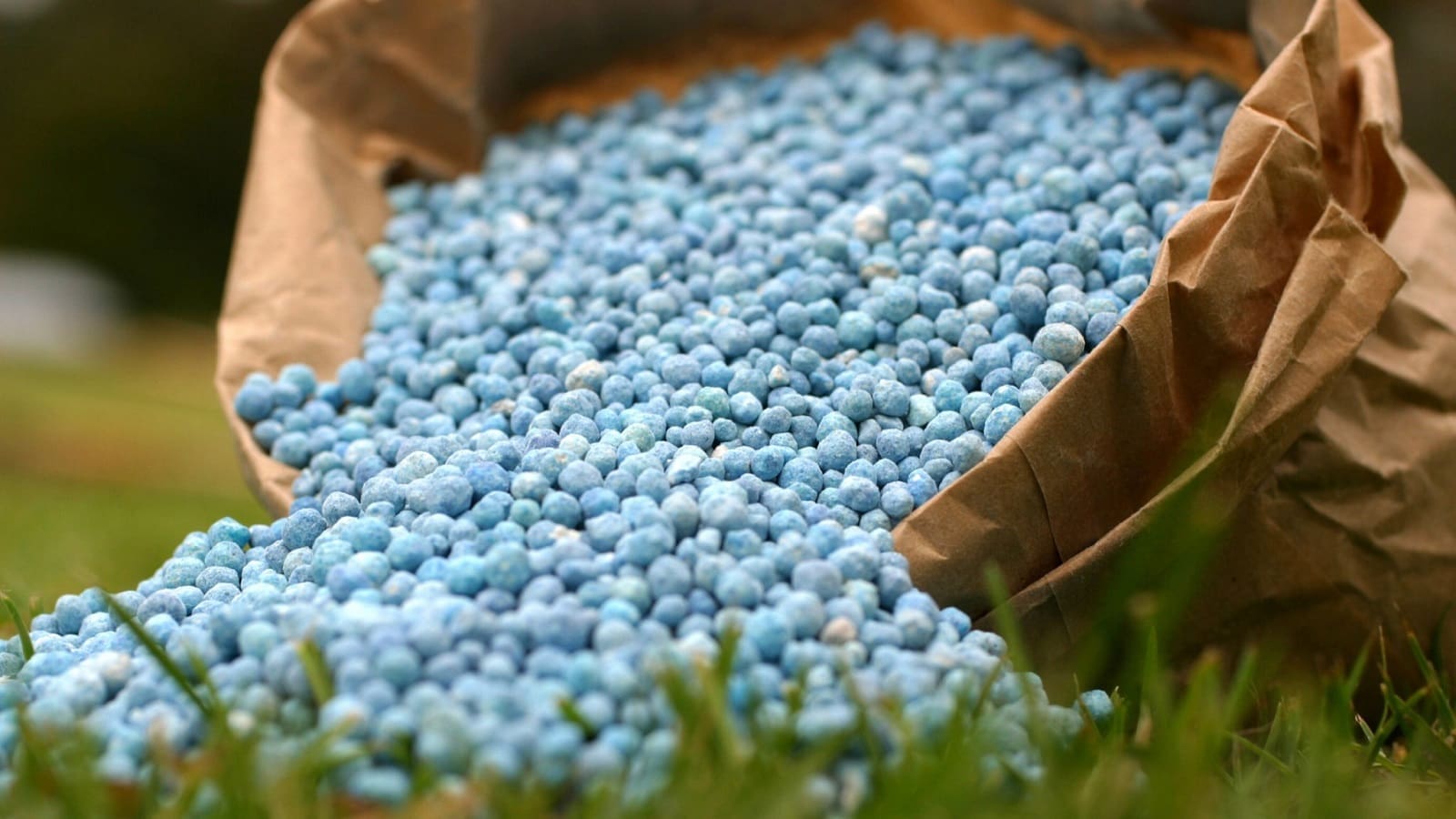CAMEROON – The Cameroonian government is currently working on a 385 billion FCFA (US$ 635M) strategy to bring local rice production to 750,000 tons by 2030, according to Gabriel Mbairobe, the Minister of Agriculture.
Ecofin Agency reports that Mbairobe revealed the plan while chairing a workshop to validate the rice sector development strategy in Yaoundé.
According to the minister, the country intends to mobilize funds from development partners, the private sector, and the public investment budget, at an overall cost of 385 billion FCFA (US$ 635M), of which 298 billion FCFA (US$ 491M) is earmarked for irrigated areas while 87 billion FCFA (US$143M) for other goods and services.
The strategy is based on the promotion of activities and multi-faceted support aimed at intensifying the cultivation of irrigated and rainfed rice.
In detail, Mbairobe revealed that the government intends to develop 60,000 ha for irrigated rice, 200,000 ha for rainfed rice, and to produce 6,000 tons of certified seeds per year by 2030.
Rice is, along with frozen fish, Cameroon’s main import commodity. However, according to data from the National Institute of Statistics (INS), from January to October 2022, the country imported 652,565 tons of rice for 162.5 billion FCFA, which represents 4.6% of the overall import envelope (3,601 billion FCFA) over the period.
From the workshop, the strategy’s objective is to boost local production of the cereal crop and substantially reduce imports that currently dominate the market.
According to the executives, the volume is first expected to reach 450,000 tons by 2025, from the current 100,000 tons, and 750,000 tons by 2030 to bring the self-sufficiency rate down to 97%.
He further revealed that, far from being just to produce, the strategy aims to make high-quality rice available on the markets at competitive prices.
“We want to satisfy national consumption and modernize rice production. Today, only plowing is mechanized. So we plan to modernize the harvest, storage, and hulling so that we increase the national supply,” explained Mbairobe
To achieve this, Mbairobe emphasized the modernization of the means of production via agricultural mechanization, the reorganization of the players in the sector, but more the involvement of the private sector upstream and downstream.
Recently, Morocco received about 52 billion FCFA (US$ 86M) from the Islamic Development Bank (IDB) to implement the Rice Value Chain Development Program as part of the country’s effort to reduce the rice import bill.
For all the latest grains industry news from Africa, the Middle East and the World, subscribe to our weekly NEWSLETTERS, follow us on LinkedIn and subscribe to our YouTube channel










